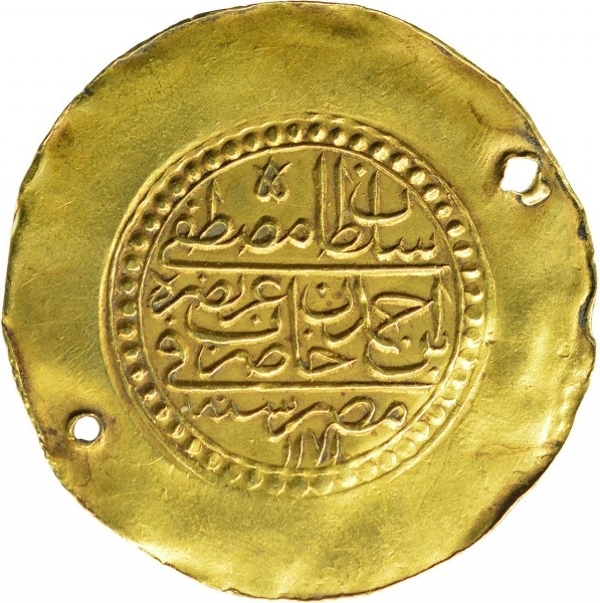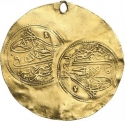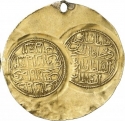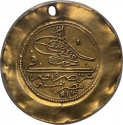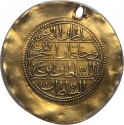You are about to finish your registration. Please check your mailbox (including spam folder). There should be a letter with a confirmation link. Check setting to make sure that your e-mail address is correct.
Send letter againDescription
Mustafa III (1717–1774) was the Sultan of the Ottoman Empire from 1757 to 1774. He was a son of Sultan Ahmed III (1703–30), and his consort Mihrişah Kadın. He was succeeded by his brother Abdul Hamid I (1774–89).
Ali Bey al-Kabir (1728–1773) was a Mamluk leader in Egypt. Nicknamed Jinn Ali ("Ali the Devil") and Bulut Kapan ("Cloud-Catcher"), Ali Bey rose to prominence in 1768 when he rebelled against his Ottoman rulers, making the Egypt Eyalet of the Ottoman Empire independent for a short time. His rule ended following the insubordination of his most trusted general, Abu al-Dahab, which led to Ali Bey's downfall and death.
The Eyalet of Egypt operated as an administrative division of the Ottoman Empire from 1517 to 1867. It originated as a result of the conquest of Mamluk Egypt by the Ottomans in 1517, following the Ottoman–Mamluk War (1516–17) and the absorption of Syria into the Empire in 1516. Egypt always proved a difficult province for the Ottoman Sultans to control, due in part to the continuing power and influence of the Mamluks, the Egyptian military caste who had ruled the country for centuries.
Obverse

|
Tughra in Mustafa III name, Ottoman Turkish legend "Struck in Egypt" and the accession year in Hejira (AH1171) below, 3 lines of Arabic script, knot as an initial mark. سلطان مصطفى بن |
|---|---|
Reverse

|
3 lines of Arabic script legend with the year of the Sultan's reign below: Striker of victory, the owner of the glory and victory on land and sea. the year of the Sultan's reign (٩ ) at the 3rd line. ضارب النصر |
| Edge |
